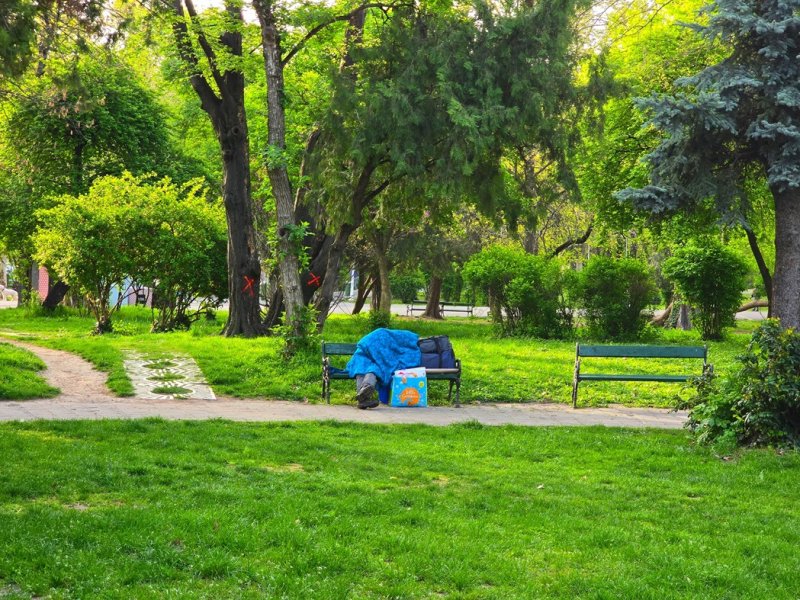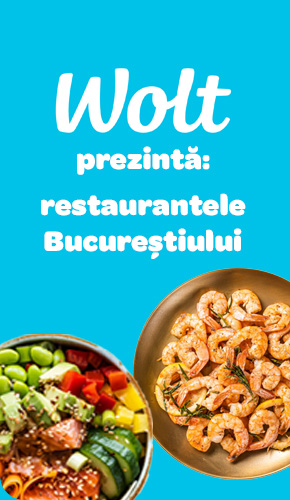Orașul nevăzut - Comunitățile marginale și lupta tăcută pentru dreptul la București

By Bucharest Team
- Articles
There is a Bucharest that doesn’t appear in tourist brochures or specialty café Instagram posts. A Bucharest that doesn’t parade down boulevards but lives quietly on their edges—in places the city seems to have forgotten. Here, the right to the city is not a given but a daily struggle for visibility, dignity, and survival.
LGBTQ+ people: between enclave and isolation
In recent years, Bucharest has made symbolic progress in recognizing its LGBTQ+ community. There are Pride festivals, a few “safe” venues, awareness campaigns, and even a tentative presence in mainstream media. Yet beyond the city center and digital activism, the everyday reality for many queer individuals remains marked by precarity, fear, and self-censorship.
For many young LGBTQ+ people arriving from smaller towns or villages, Bucharest initially promises freedom. But without a support network or stable employment, they quickly risk marginalization: unaffordable rents, workplace discrimination, and absent family support. Some end up living at the edge of survival—in shared rooms, under constant anxiety.
“Safe spaces” are scarce and fragile. Protection often comes through invisibility: a neutral name on the doorbell, a “conforming” appearance, strategic silence at work. In a city this large, many still feel trapped in a small circle where freedom depends on context, time, and place.
Homelessness: lives on hold
In basement stairwells, on benches at Gara de Nord, or in the industrial ruins along the Splai, hundreds of homeless people live off the official radar. Most are middle-aged men, but an increasing number are women or young people who have left care homes.
Access to shelters is limited, and conditions are often discouraging. Many prefer the streets, where despite dangers, they maintain an illusion of control over their lives. Help comes from informal networks: volunteers, NGOs, and people “in the know.”
The city offers them almost no space. They are tolerated temporarily in the metro, sent to hospitals “for observation” and discharged after one night, chased away from parks. They exist but must not be seen. Bucharest demands they don’t disrupt the flow.
Ethnic minorities: an ongoing presence
For the Roma community, urban presence is often negotiated at the lowest levels of housing, work, and interactions with authorities. Ferentari, for instance, is not just a symbol of poverty but a stigmatized and isolated territory—cut off by infrastructure, media, and urban policies.
The city’s multiethnic appearance is not matched by real inclusion. People are accepted as “support staff”—in construction, cleaning, or markets—but rarely seen as citizens with cultural, political, or urban rights. From school access to cultural participation, the city hesitates to recognize diversity as normal.
Who has the right to the city?
Henri Lefebvre’s concept of the “right to the city” is not just about physical access to urban space but the ability to transform and live it freely and with dignity. In Bucharest, this right is deeply unequally distributed.
There is an invisible architecture of exclusion: language, prices, infrastructure, visual and auditory control of spaces. Many who live on the margins are not voiceless—they simply lack listeners.
Conclusion: beyond empathy
Talking about marginalized communities does not mean pitying them but recognizing them as a legitimate part of the city. They are not exceptions or social accidents. They are residents—with memories, routines, needs, and aspirations. Their Bucharest is as real as anyone else’s.
Reclaiming this “unseen city” requires more than social policies or isolated projects—it demands a profound shift in perspective: no longer seeing the center as the norm and the margins as deviation. To accept that a living city is a city for all.






























